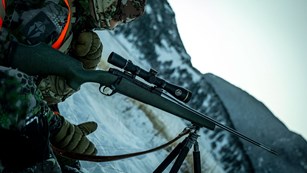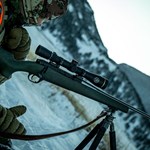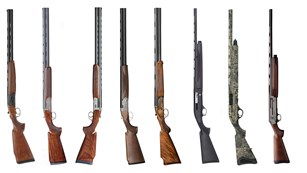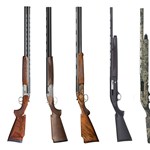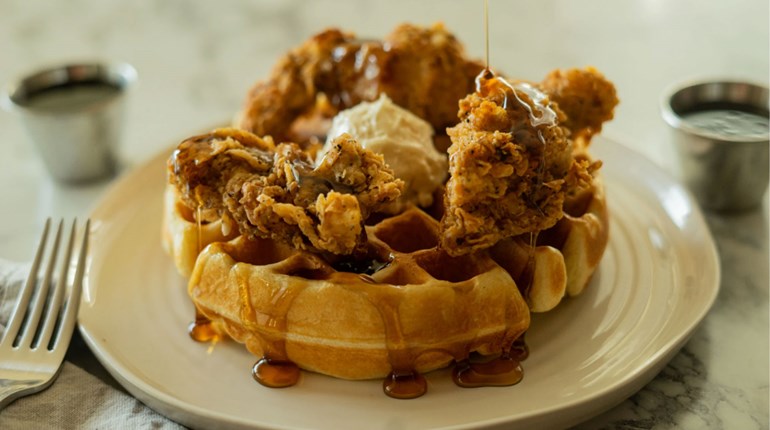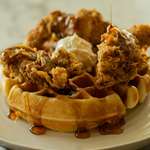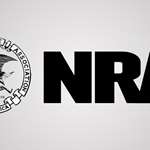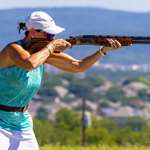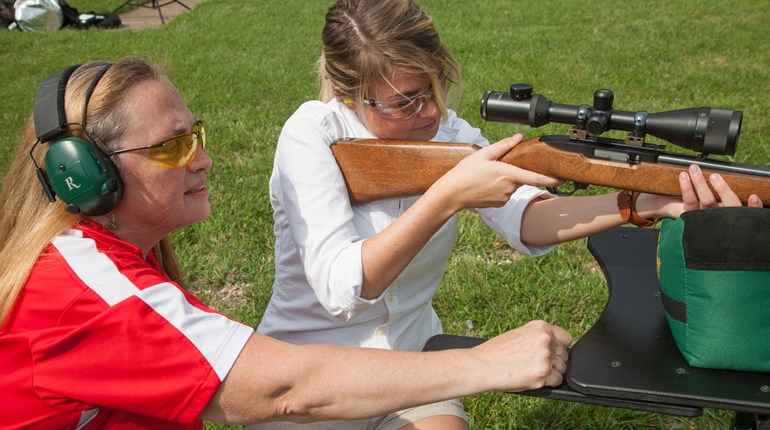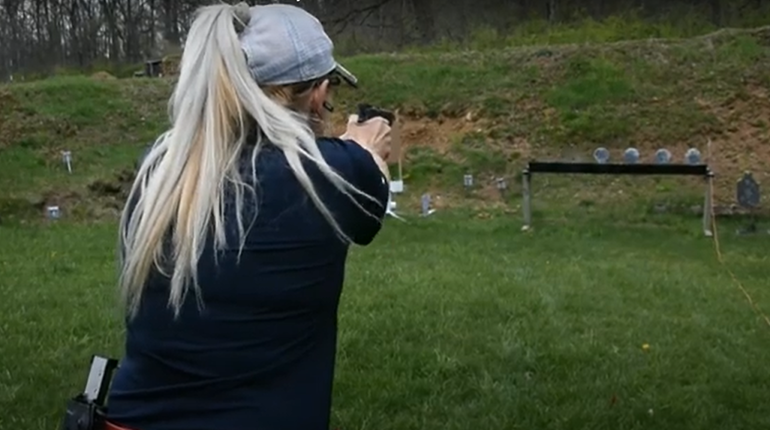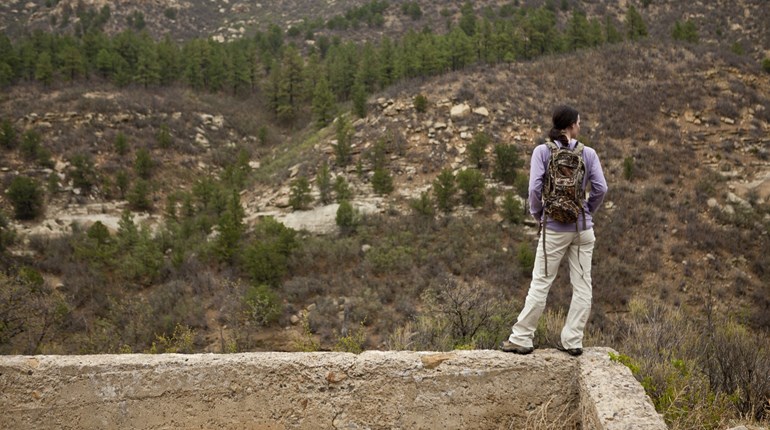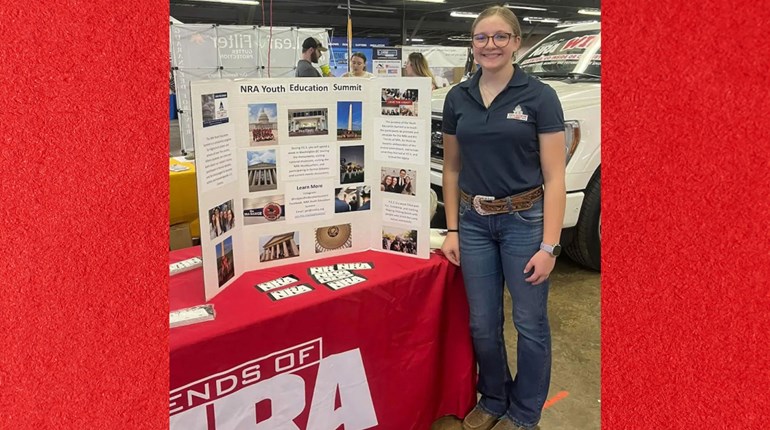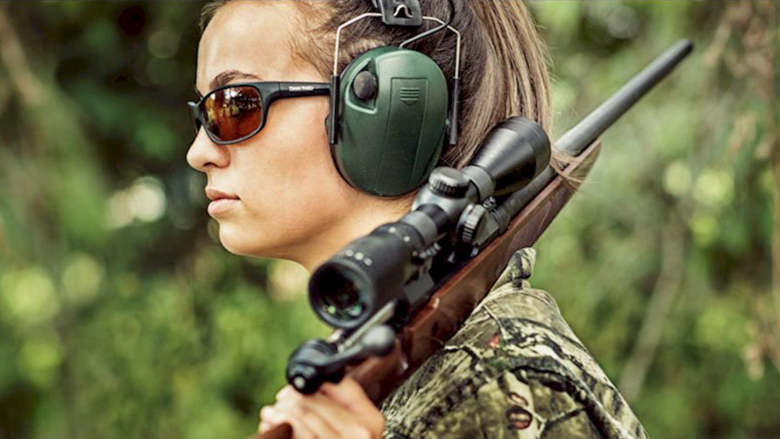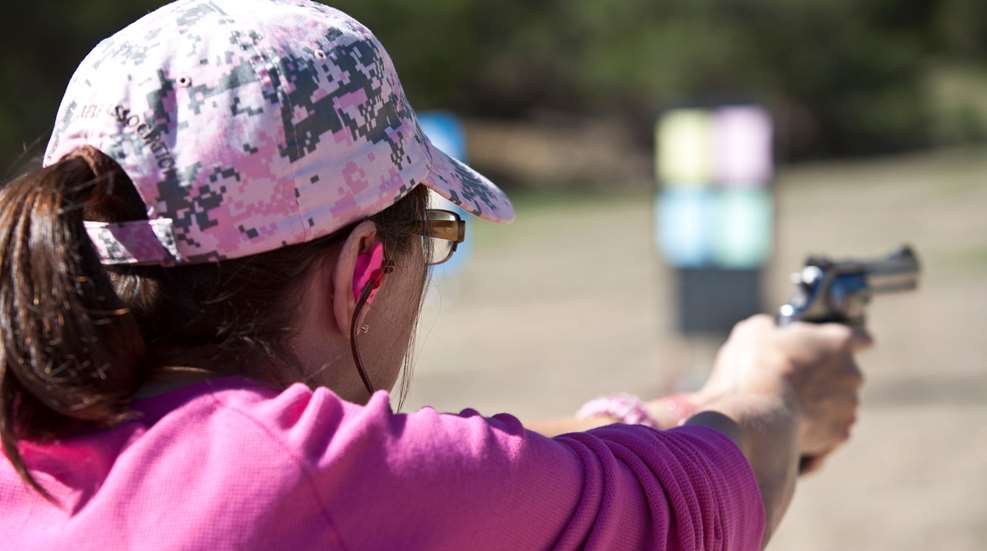
In the simplest terms, in a single-action handgun, exactly one thing is happening when you pull the trigger: The hammer releases, which fires the gun. However, that won’t happen unless the gun has first been cocked (hammer or striker pulled back). On a double-action handgun, the trigger pull does two things in sequence: It first cocks the gun, then drops the hammer to fire.
These terms are easiest to understand in the context of revolvers. If you’ve ever watched an old Western movie and seen Billy the Kid “fanning” his Colt Single-Action Army pistol—that is, using his left hand to pull back the hammer of the gun after every trigger pull, so he could shoot quickly—you know what this looks like. Single-action revolvers will not fire unless you first pull the hammer back to cock the gun. There are still a few of these types of guns made, but they’re mostly relegated to cowboy action shooting and collectibles.
Modern revolvers are nearly all double-action. When you squeeze the trigger on a double-action revolver, the hammer must come back farther and farther until the shot breaks and the hammer slams forward. This is why the trigger squeeze on such a gun might feel heavy or stiff—your finger really has to do a lot of work to get those mechanical parts moving. A single-action trigger is much lighter, and lighter triggers lend themselves to more accurate shooting.

Some revolvers are double-action-only, and the hammer is either internal or, if it’s external, bobbed off so it won’t snag on clothing. Then there are double-action/single-action revolvers, which can be fired either way. These guns will have an exposed hammer; if you physically cock it, you’re shooting in single-action mode and the trigger pull will be much lighter. If you don’t cock the hammer, you can just pull the trigger in double-action mode, and the heavy trigger pull will cock the hammer for you and then drop it to fire the gun.
Semi-automatic handguns are also classed as single-action or double-action. In a single-action semi, racking the slide cocks the action. Browning Hi Powers and 1911 models are the most common examples, and these types of guns are typically carried “cocked and locked” with the safety engaged, because the SA trigger pull is usually light and crisp.
On the other hand, semi-automatic handguns can be double-action-first-shot, also called double-action/single-action, which offer a heavier first-shot trigger pull with every shot after that being single-shot and therefore having a lighter pull. On this type of gun, the slide cocks the hammer when the gun is loaded, but you can lower the hammer partway for carry, typically by using the decocking lever. After the first shot, the slide cocks the hammer each time it runs and you’ll have a lighter single-action trigger pull. This sounds like a best-of-both-worlds compromise, but these kinds of guns require a little more practice to master, because you must get good at both kinds of trigger pulls and get accustomed to switching from one to the other. Beretta’s M9 series and SIG Sauer’s P226 are some well-known examples of DA/SA semis.

Glocks, Smith & Wesson M&Ps and other similar styles are technically considered double-action-only semis, but they’re designed with a middle-of-the-road trigger pull that is easier to operate than a standard DA but still stiff enough that the trigger is unlikely to be engaged accidentally; thus many of these guns do not have a manual safety. When you rack the slide, the striker is partly cocked; pressing the trigger cocks it the rest of the way before it breaks forward and fires the gun. Thus it’s technically a double-action, but part of the cocking work is done for you, so your trigger finger doesn’t have to work as hard.
In summary, while there are some design nuances and variations, the difference is just what it sounds like: A single-action gun does one thing (drops the hammer to fire the gun) when the trigger is pulled, while a double-action gun does two things at once with the trigger pull (cocks the gun and then fires it).


